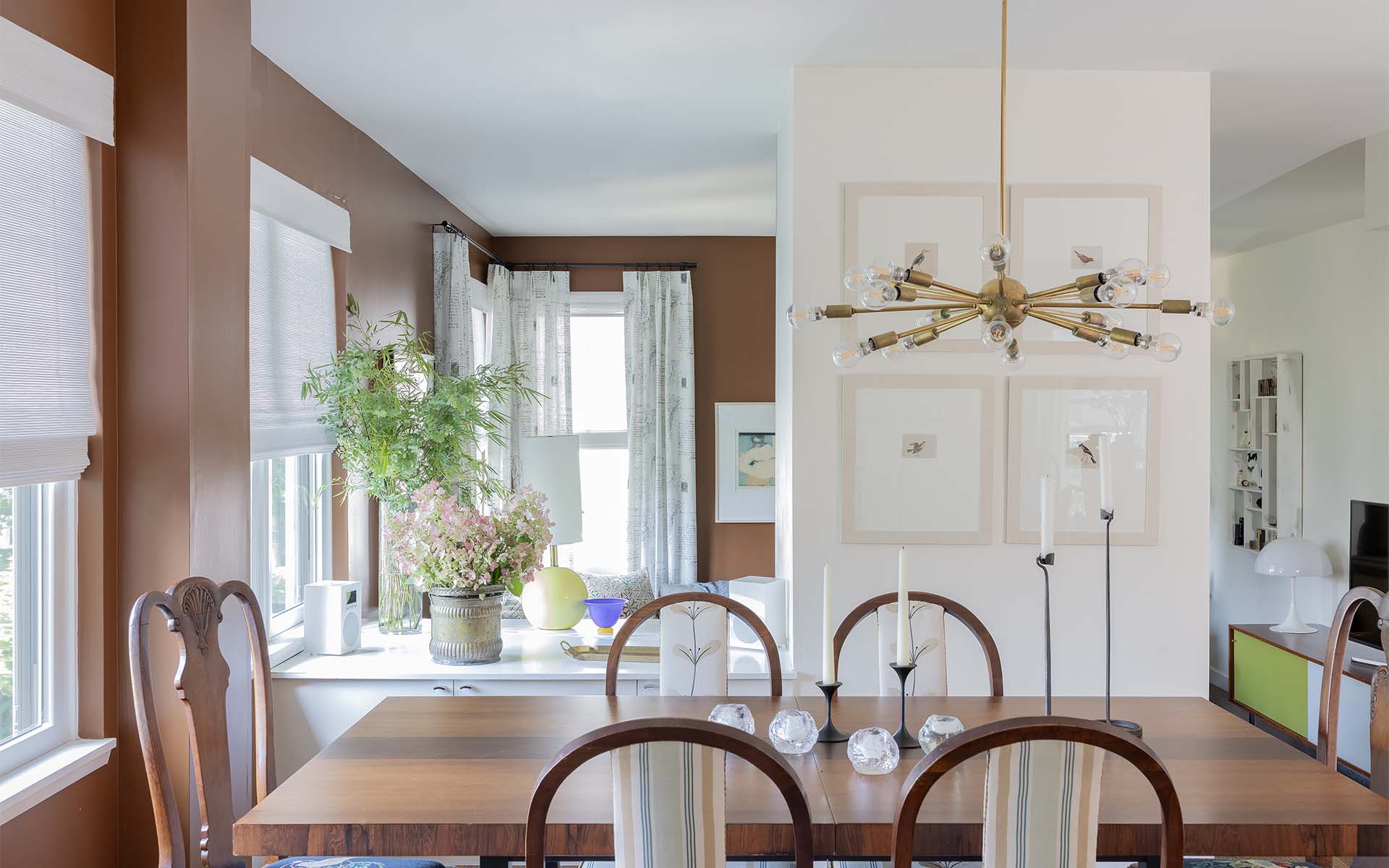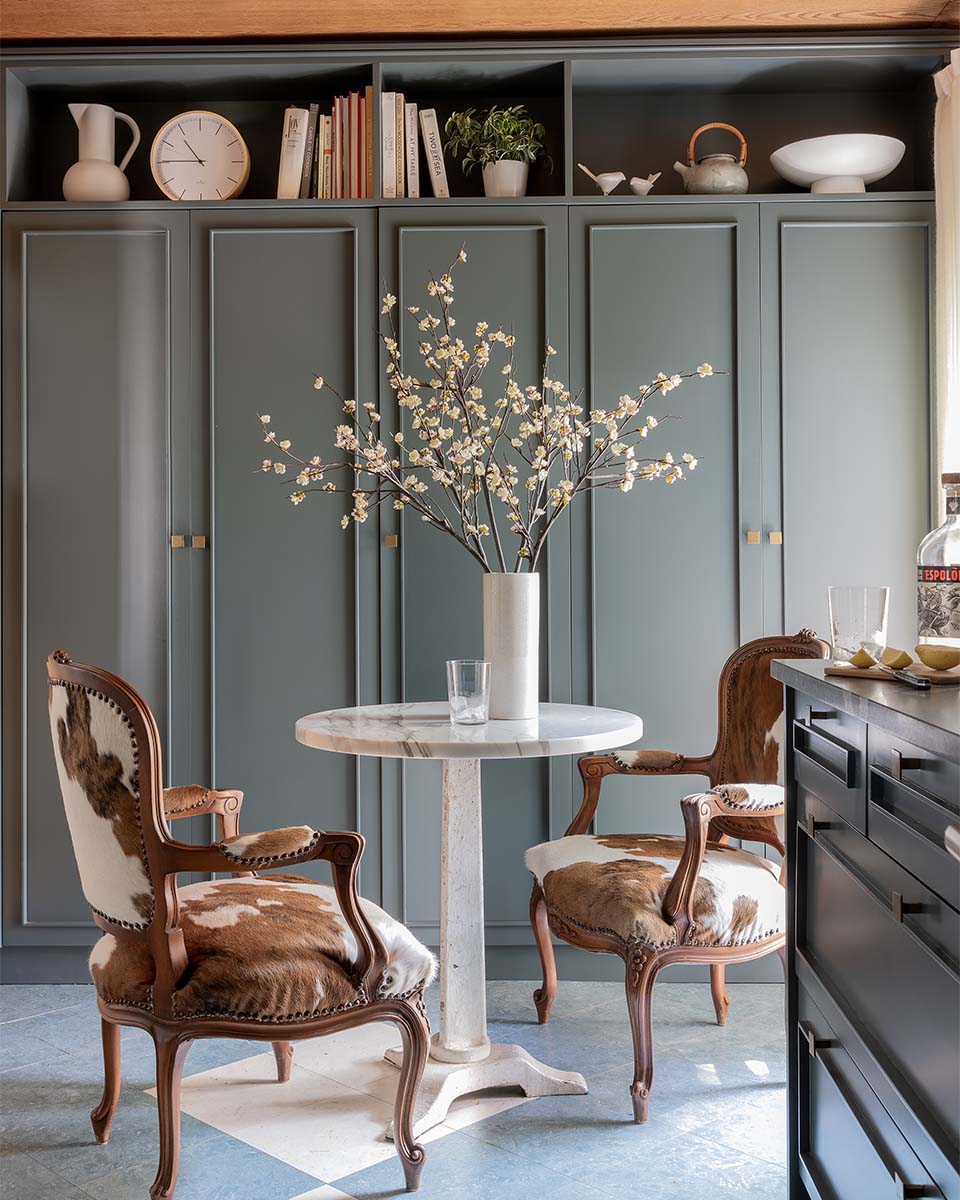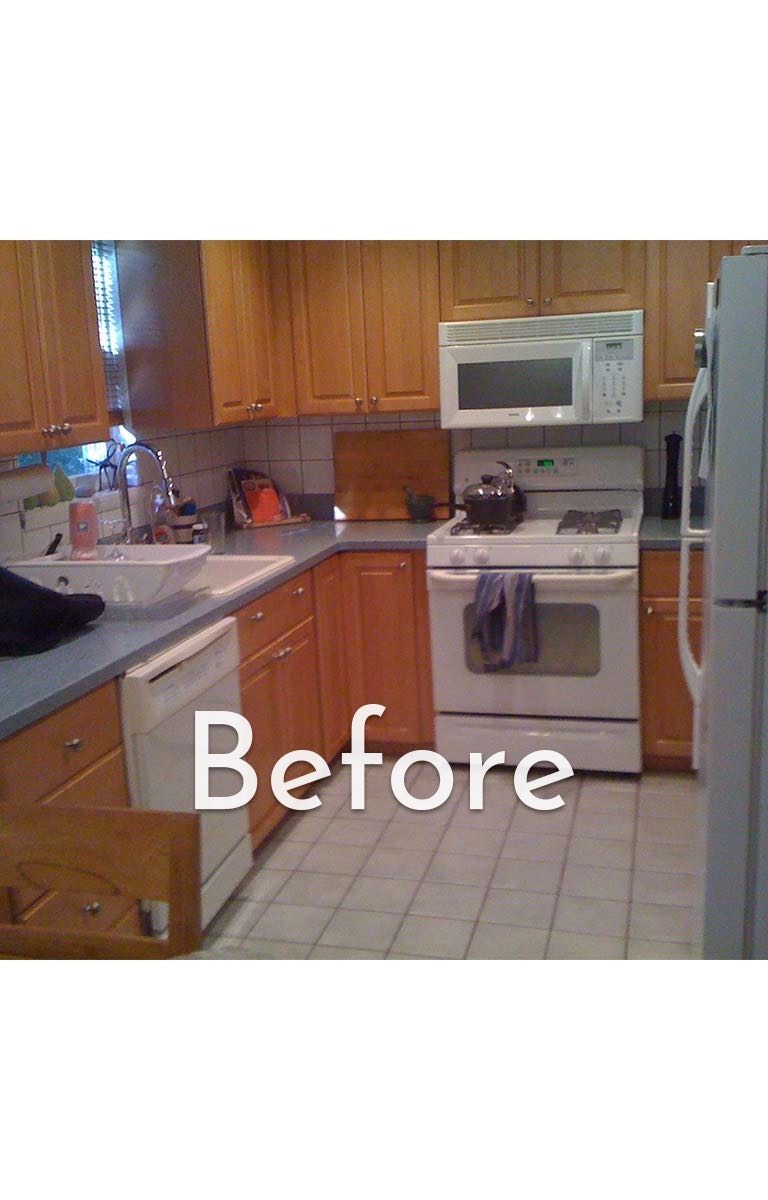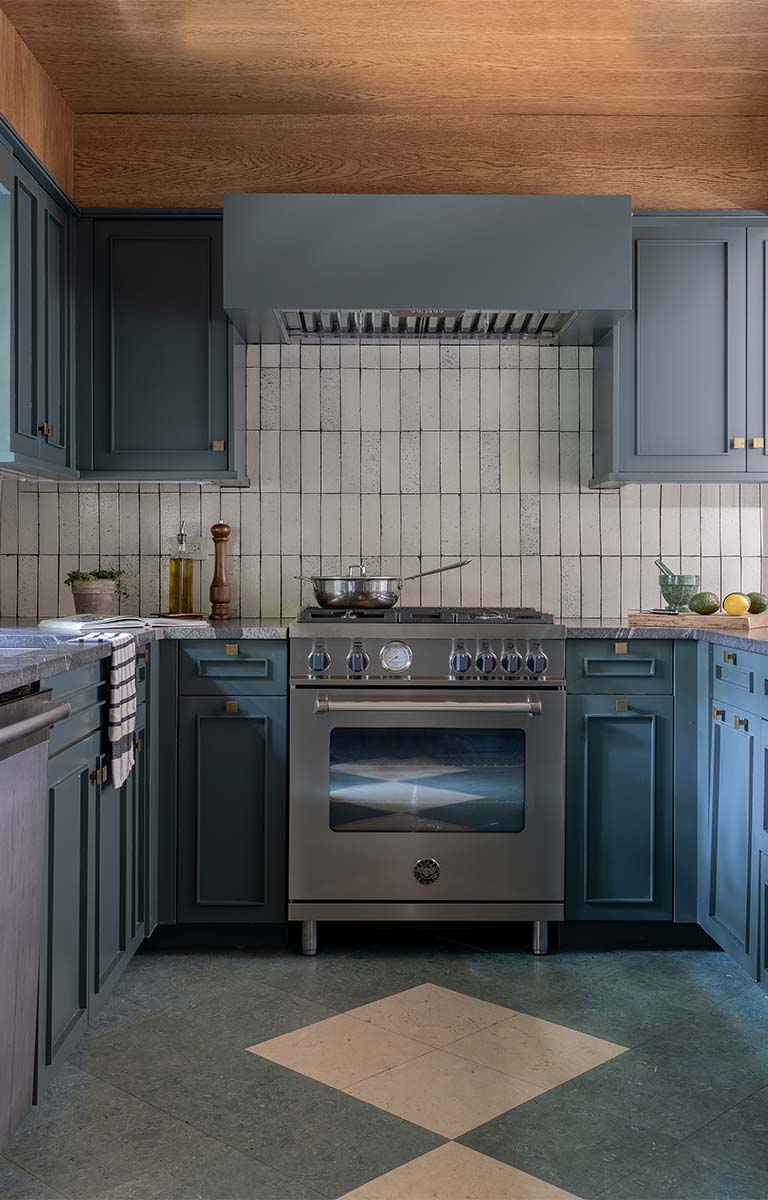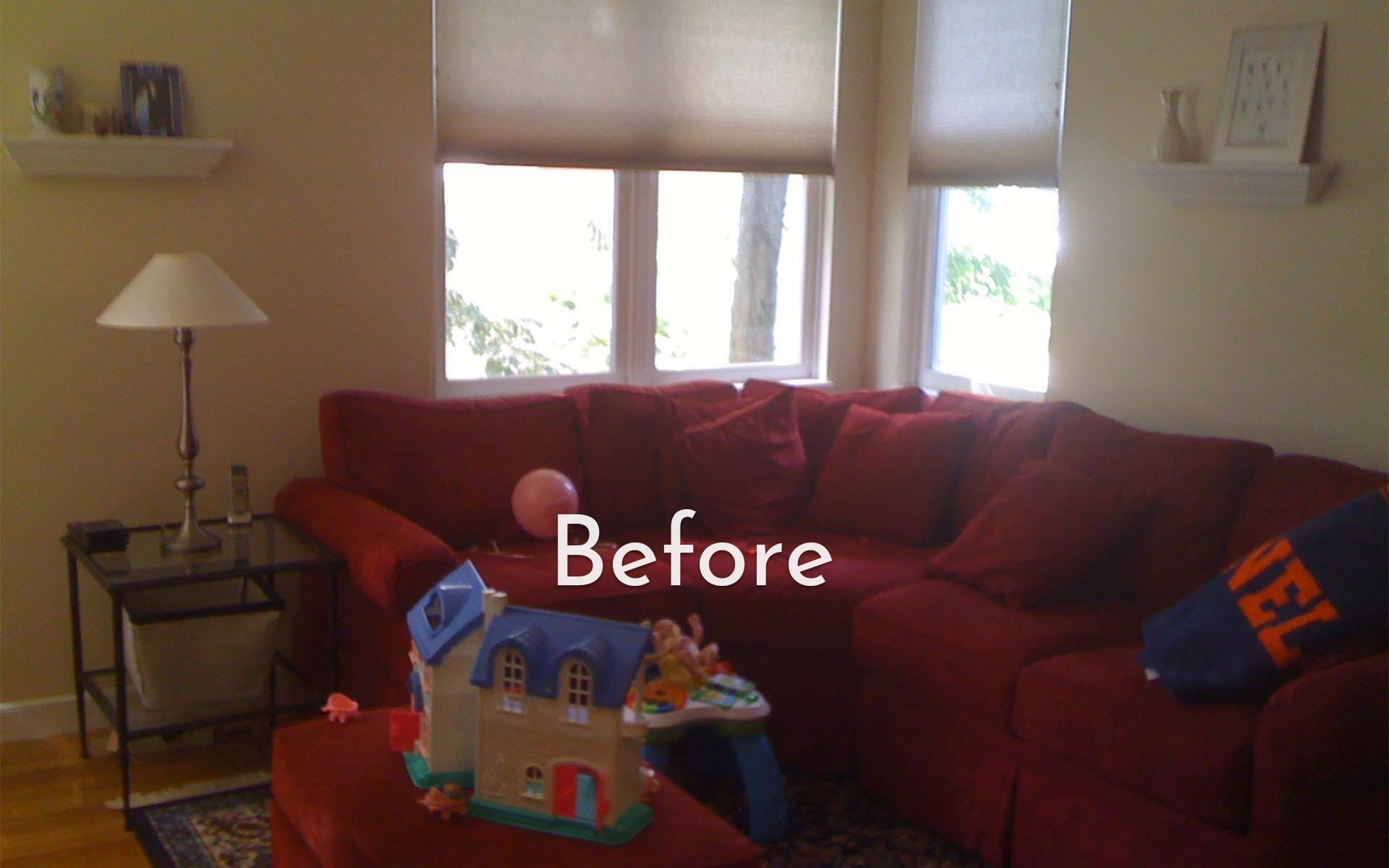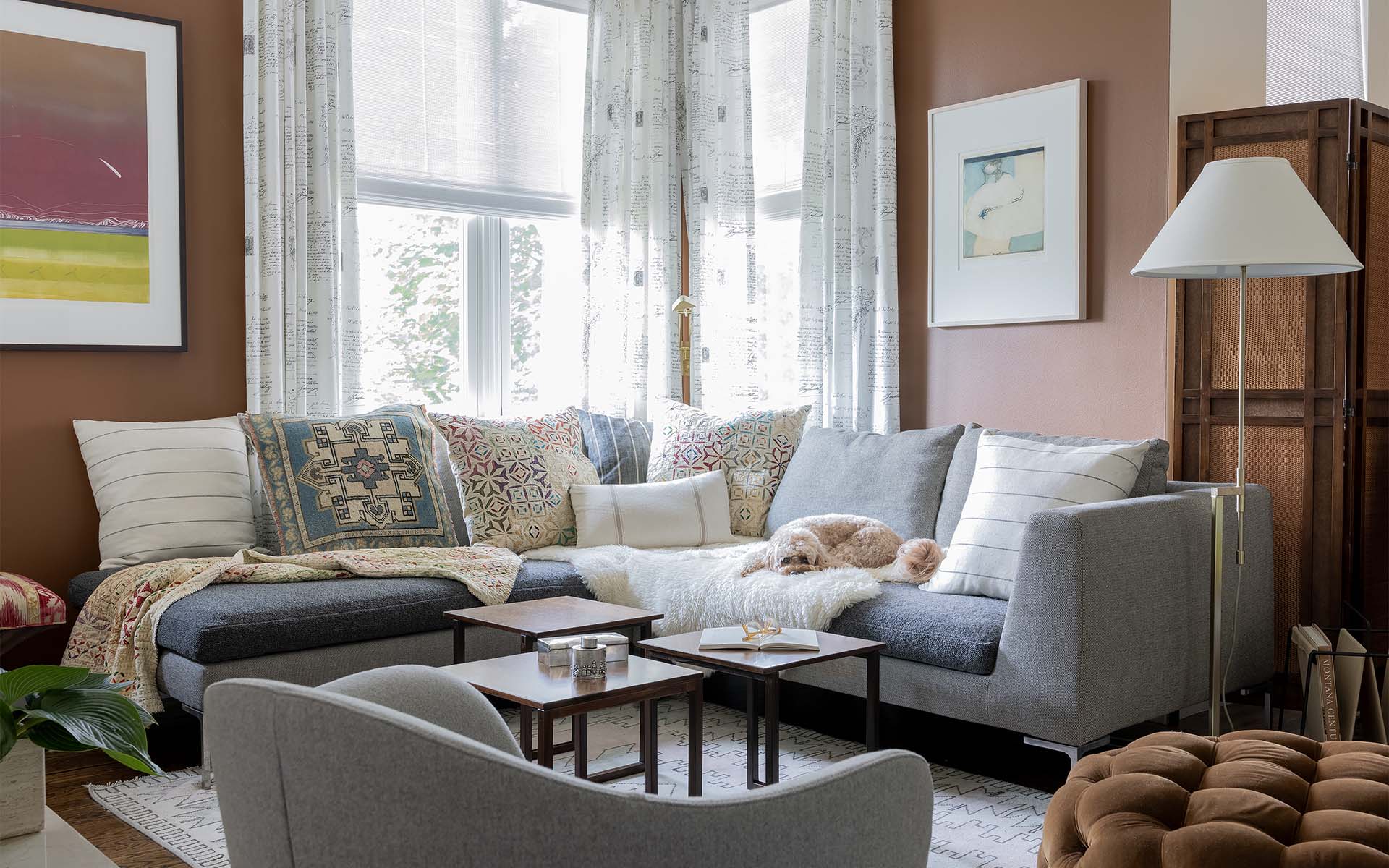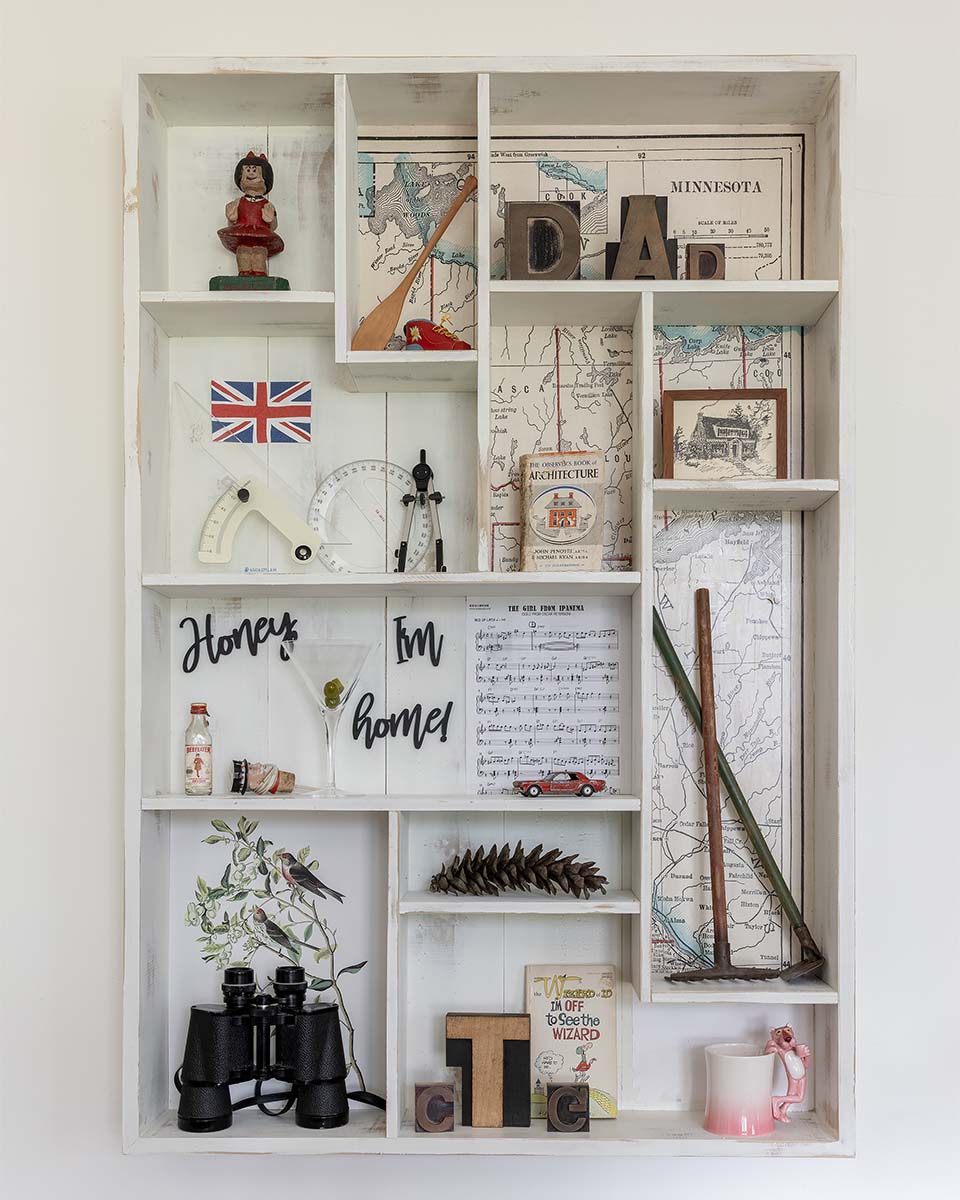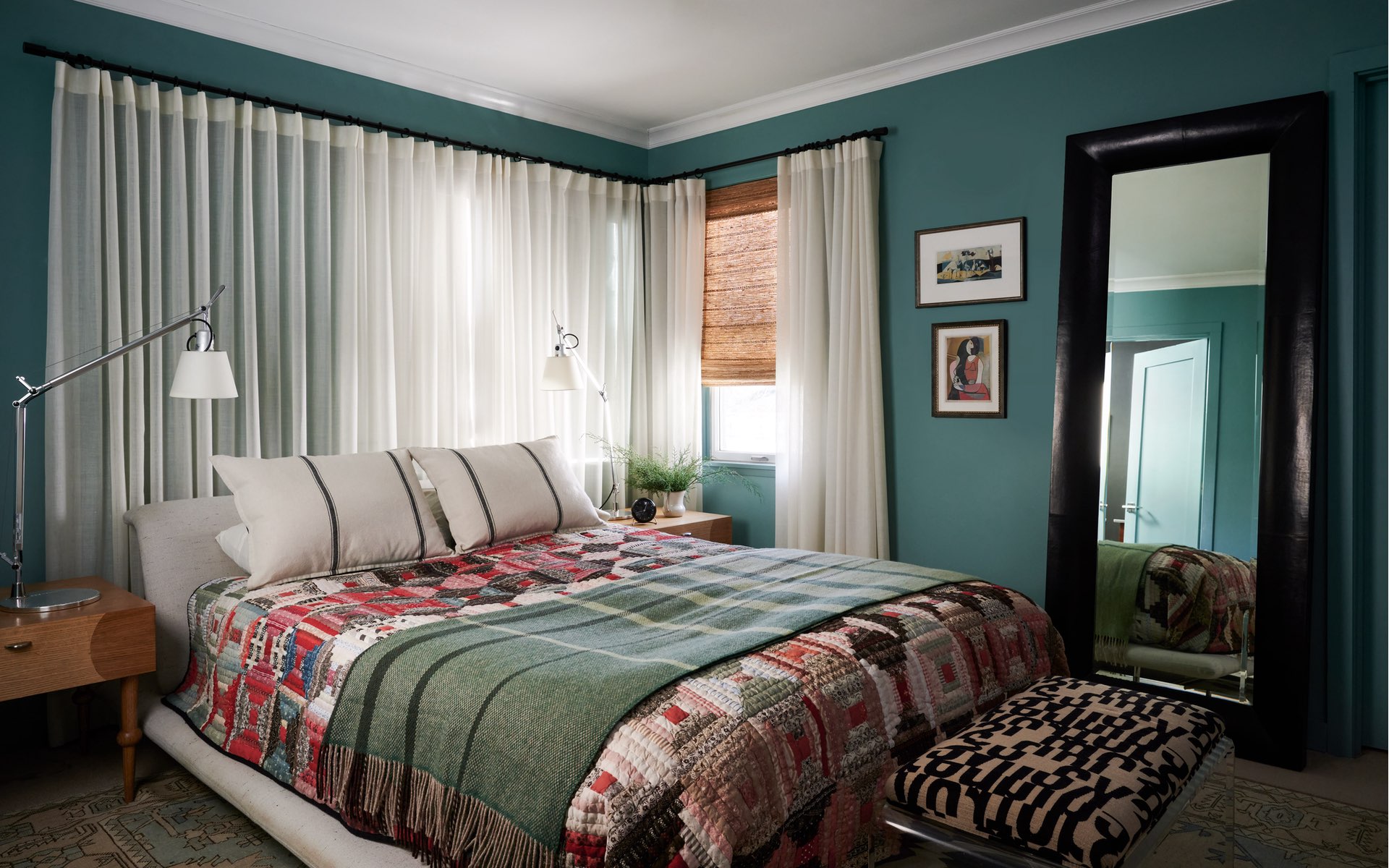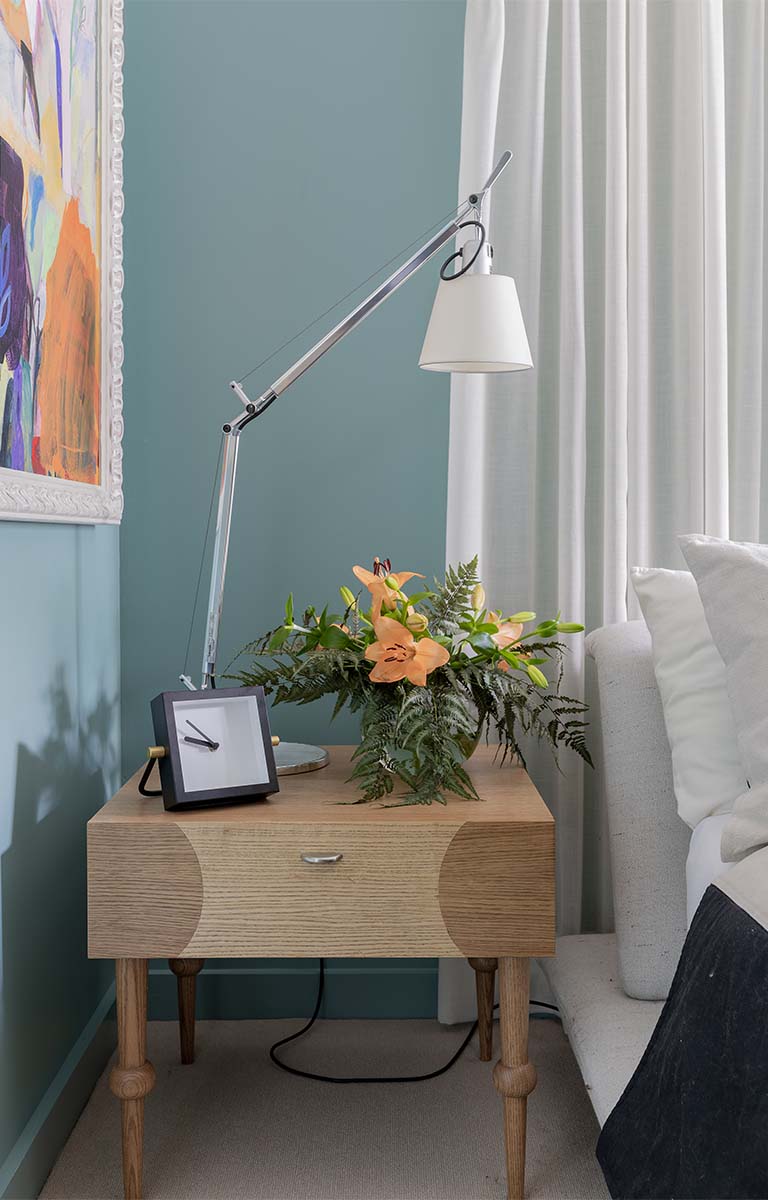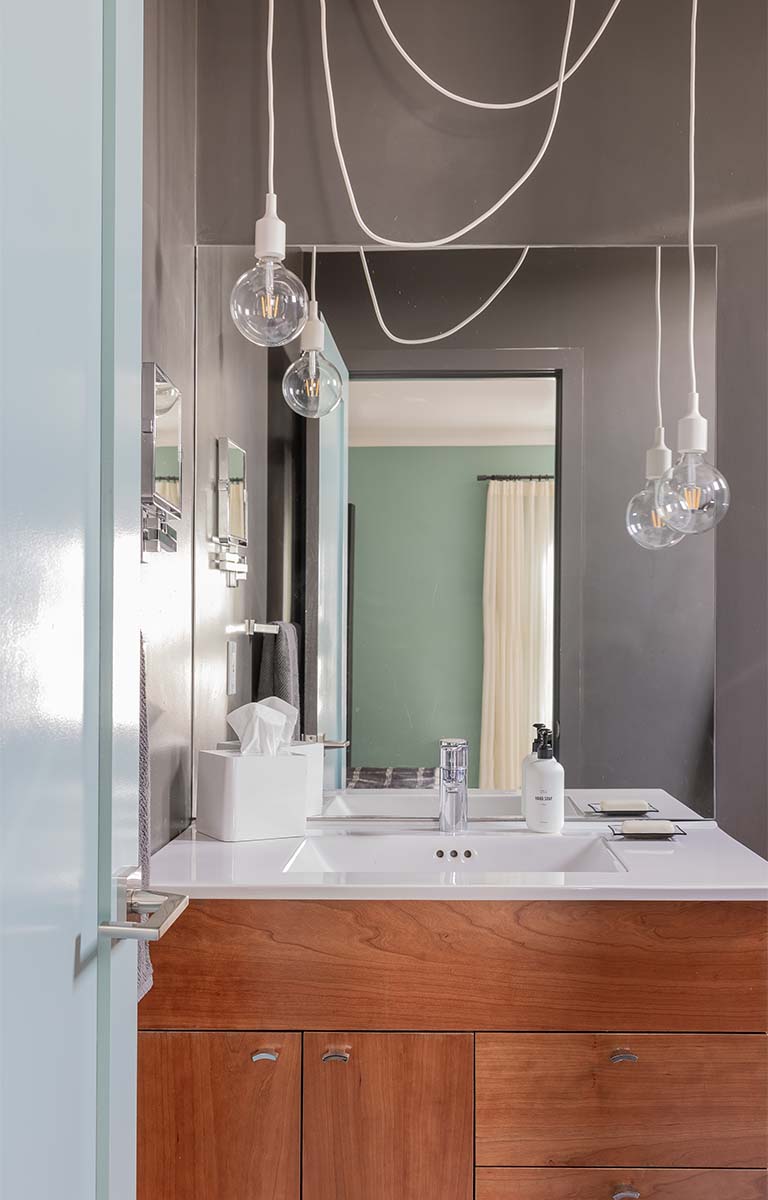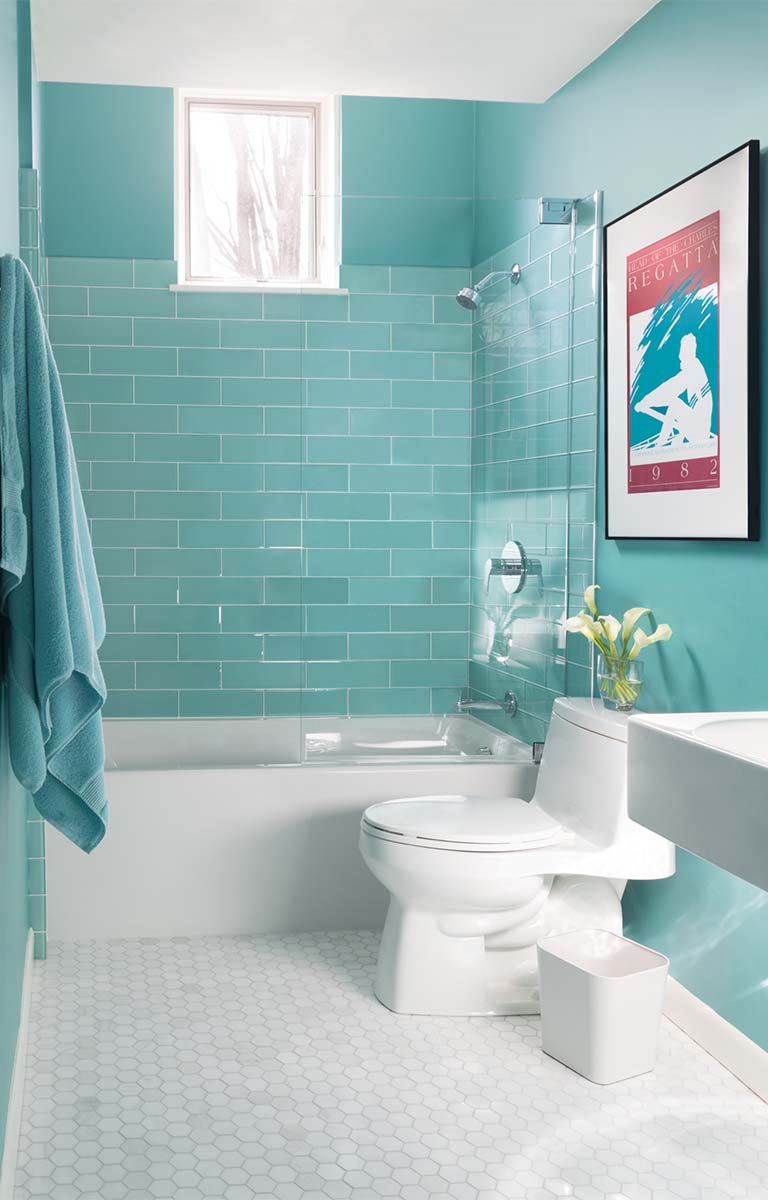Newton Townhouse – Home…for now
When I moved into my townhouse a bit over decade ago, it was supposed to be a temporary home. I had been renting an apartment in Cambridge, where I had recently opened a shop just two blocks away to launch my design business.
But less than two years after moving into my Cambridge rental, I was asked to vacate with just six weeks of notice. The owners wanted to rent the upstairs unit of their two-story home and move into my unit below them.
I knew I couldn’t risk renting again., I had begun working out of a home office and had a load of material samples, a huge desk and drawing table. There were a few essentials I sought for a home: abundant natural light, a working wood-burning fireplace, a closed-in outdoor space for my dog, and an extra decent-sized bedroom I could use for my office.
Fortunately, I found a hard-working realtor – or I should say, she found me – who secured a place for me in record time.
Though I wanted a single-family home, the Newton townhouse featured all my essential requirements, and was mostly move-in ready and immediately available.
I made a few fixes before moving in: I replaced the sheetrock in the basement with Durarock due to a musty smell and my fear of mold, added a few strategically placed recessed fixtures to illuminate art, painted all the walls white, refinished and stained the floors, and created built-ins for my office and closet. I held off on other renovations.
This is not easy for a designer. To my eye, every room needed work. Lots of work.
Like my clients who aren’t sure if they are remaining in their home for much longer, I didn’t want to spend too much money on renovations for fear of not getting the return on my investment. But also like my clients, I knew it would be hard to live in spaces that don’t work for me practically and aesthetically.
I began renovations in stages. First, the kitchen. I removed upper cabinets on the wall to the right of the range and created an opening into the Dining Room with a counter overhang for a couple of stools. The loss of that storage was made up by adding a wall of pantry cabinets opposite the range, where a large kitchen table had been before.
I replaced the ceramic tile floors with painted cork and the Formica counters with granite and added a clay tile backsplash. The crowning feature is the stained plywood ceiling and soffit. After regretting not tearing out the soffit and making the cabinets higher, the white soffit looked awkward with the grey-blue cabinetry below. I didn’t want more of the grey-blue, and there is nothing like the warmth and earthiness of wood walls and ceiling to enhance a room.
Next, I had the fireplace facade and bench below refaced with crema marfil marble and added a deep, low, two-sided built-in where there had been a second set of steps into the sunken Living Room. This maintains the openness of the main living space, provides storage for firewood and books on the Living Room side, and dining table leaves and serving dishes on the Dining Room side.
Later, I redid the two bathrooms and Powder Room and replaced the carpet on the stairway and second-floor hallway with hardwood.
As often happens, an unforeseen mini-crisis (first world, for sure) turned into an opportunity. While moving furniture into my new home I discovered that my large, six-drawer inlaid dresser I had designed for a home I had lived in before did not fit around the stairway wall. That meant we had to remove part of that wall while the movers were there. The super-handy husband of a friend who helped me with the move came over with a jig saw and saved the day, along with the movers, who waited for the wall to come down and got the chest up to its rightful spot in my bedroom.
These are the stories I love to share about projects in process because these situations force creativity. With a bit of knowledge about material options, I chose a gridded metal sheet to replace the demoed wall and had the sheet set in a wood frame that can slide out of a wood slot if and when that heavy oak and ash dresser finds a new home.
Today, the gridded metal stairway wall is one of my favorite features of the main floor.
Working on my home allows me to make it deeply personal. Atop the heavy inlaid dresser is my collection of stones and shells, and other small natural and handcrafted artifacts from my travels and friends.
Black and white family photos going back four generations fill the wall of the first-floor hallway.
The Milo Baughman dining table and the dining chairs are the set my family sat at each night for dinner during my childhood.
And recently, with the help of my friend, Steve, I created a memory box honoring my father, who died way too young, at 50. I had been collecting small items for years that reminded me of him with the intention of creating a memory box. When the Covid pandemic hit, keeping us at home almost 24/7, I took the opportunity to complete that long-standing project.
I have a large wall in the Living Room that needed a large piece of art. I always wanted something three-dimensional there. So the smaller memory box I initially envisioned became quite large, as I realized it was the piece meant for that wall.
It wasn’t hard to make it larger. My father had many interests and hobbies, so there is a lot to display. Steve followed my drawings and made the box with customized interior shelves for each object. Now hung, it completes the room.
Though, I initially painted all the rooms white, the longer I lived in the space, the more I realized I need to live with color. So I painted two Living Room walls a warm brown and my bedroom a soothing sea green, and now find both spaces more inviting and calming.
I still see my home as a project in process with a few items remaining on my list. But I’m so grateful to have a home, and one that’s become so deeply comfortable that if I ever move, my new place will need to reflect the same kind of comfort I have enabled and love in my townhouse.


